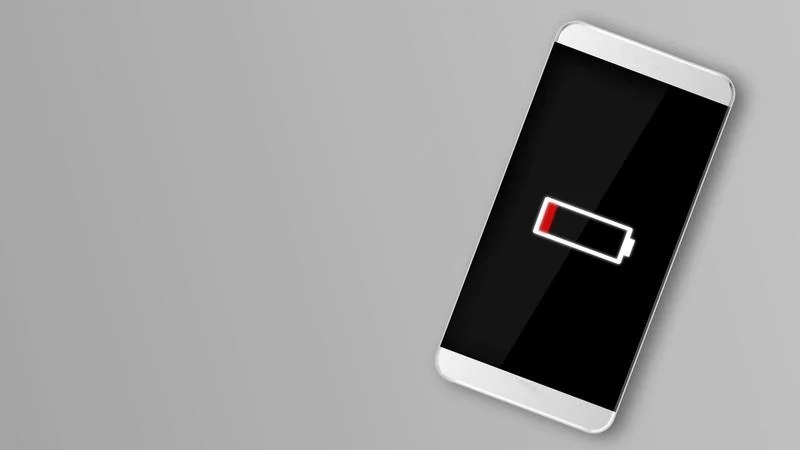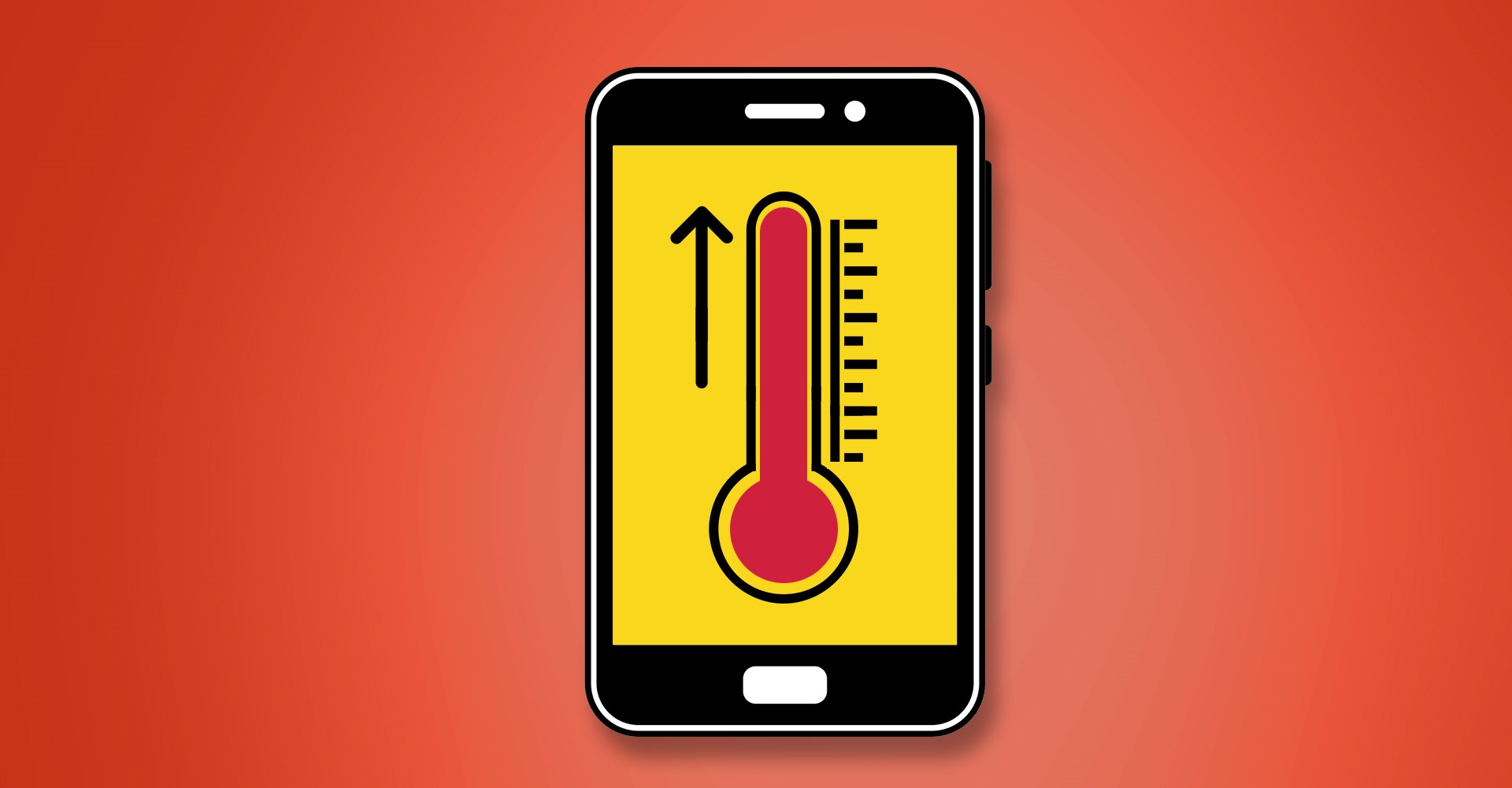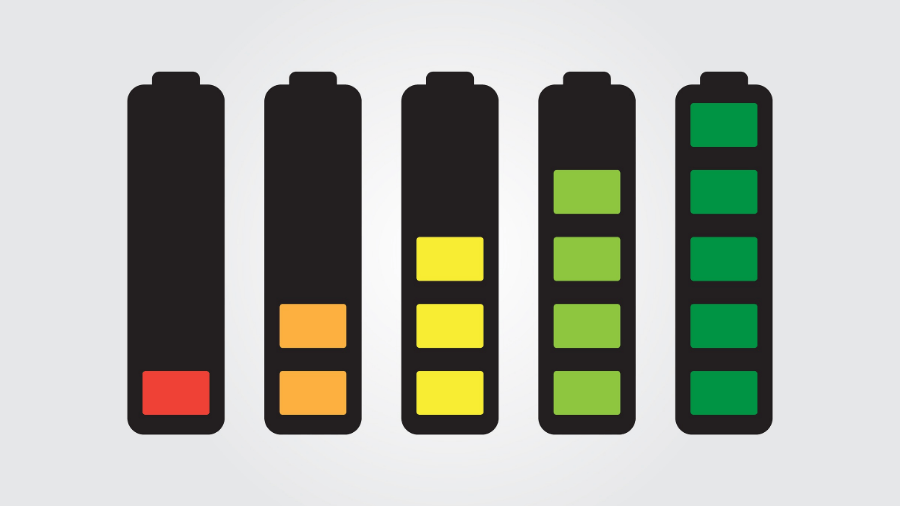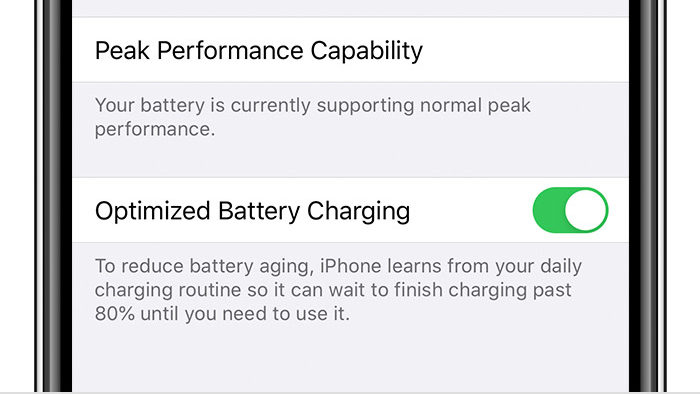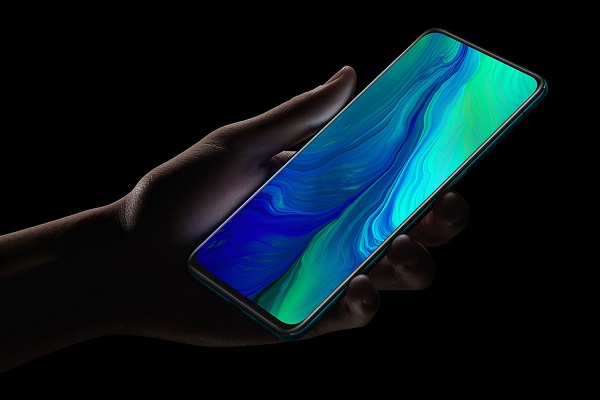Fast Charging Briefly Explained
Your battery works with two poles, a negative and a positive. At the negative end, you have a ton of free electrons while the positive end has less. Naturally, those electrons just want to flow to the positive end. And as they flow, they will power any component you place along their path. Once all the electrons are at the positive end, your battery dies. Conversely, charging comes in to create the difference again by using electricity to push electrons back to the negative pole. So really all fast chargers doing is push those electrons back faster. But there are some problems with this. Also Read: 5 little known phone battery maintenance tips you should know
Less Battery Capacity
For starters, it means that in any given amount of space, you have to get less battery capacity. In every battery, between the positive and negative poles, you also need a separator. It exists to make sure that the electrons don’t just go straight from one side of the battery to the other and that they actually go through the circuits that you want them to. To keep the battery stable while charging faster, you need to make the separator much thicker. Likewise, the actual quantity of usable battery space you have, also known as Battery Density, reduces. And if you want to charge ultra-fast, like all these new phones are starting to do, you want to take this a step further. You’ve got to split the battery itself into two separate batteries — which obviously takes up even more space. Also Read: 3 things you should know before replacing your phone battery
Fast Charging Causes Overheating
Fast charging generally creates more heat because of the faster electron movement. Heat is one of the battery’s worst enemies as it changes the battery structure over time; the battery’s ability to hold a charge reduces. As a very rough estimate, if you keep your battery at 30 degrees celsius, you could expect to lose 20% of your battery capacity over a year. And if you kept it a 40-degree celsius, about 40% could just disappear over time. This is why it’s recommended to not use your phone when it is charging. The charging alone will get it warm enough, using it simultaneously only adds to that. You might have seen some gaming phones recently which have a USB-C Port positioned to be able to charge while gaming. I wouldn’t do it. The only exception is if you’re going to use Bypass Charging. Bypass charging is a unique feature that forces your charger to power the components of your phone directly and not touch the battery. So the battery percentage does not increase or reduce, like with the Asus ROG Phone 3. Also Read: Does Fast Wireless Charging Kill Your Phone Battery Faster?
Fast Charging Has Diminishing Returns
The more powerful (and faster) chargers become, the more diminishing returns you’ll notice. You must have noticed how manufacturers use the starting figure to quote how fast their chargers are. For example, they state how fast can it charge the first fifty percent. This is because the charging wattage indicated on your charger is not the actual power that the phone will charge at constantly. It’s just the maximum it can charge at. That maximum figure will be hit somewhere during the early stages of charging. As your battery starts to get full, no matter how powerful the early charging speed is, you have to drastically slow down to protect the battery’s health. And as a result, a 60-watt charger is not twice as fast as a 30-watt charger, and a 120-watt charger is not even close to twice as fast as a 60-watt charger. One way or another, fast charging does mean you get less battery as you use your phone. And this is precisely why some companies are including the option to slow charge, even marketing it as a feature. This might sound crazy but it makes a bit of sense. Also Read: 11 Pros and Cons of Wireless Charging Despite all the problems that come with fast charging, it is not as bad as some people make it seem to be. There are some redeeming factors.
All Chargers Degrade Batteries
To start with, some people have this notion that slow chargers are good for the battery’s life. I wish this was true, but no. No matter how careful you are, no matter what charger you use on your phone, after two years of charging and using it, the battery is not going to be able to last as long as it once did. Also Read: Top 8 questions about smartphone charging answered
Smartphones Have Charging Buffers
Fun fact, when your battery shows 100%, it’s not actually fully charged. Most manufacturers add a buffer to the smartphone. The buffer ensures that even though the battery looks full, there will be a bit of reserved capacity. That prevents damage caused to the battery by completely filling it. But on top of that, historically, one of the problems with fast charging is that your device would charge up pretty quickly but then continue to receive charge when it’s full, which could be damaging. Also Read: How Does Wireless Power-Sharing Work
Some Phones Have Smart Power Bricks
Nowadays, most manufacturers design their included power bricks to be able to communicate with the phone they were made for. The brick actually cuts the power when you hit 100 percent. So overcharging isn’t really a problem either. And the cherry on top is that a lot of phones now use something called Optimized Charging. Also Read: 7 Myths About Smartphone Batteries
Optimized Charging
With optimized charging, the battery will be prevented from hitting 100% until it needs to. For example, an iPhone can actually learn that you usually get up in the morning at 7:30 a.m. So when you go to bed and plug it in, it’ll charge to 80 percent pretty quickly. Then throughout the night, it’ll just sit at that 80 percent figure right up until an hour before you wake up when it’ll start filling itself. That is now a default feature on iOS 13 onwards. Some Android phones do it too. Also Read: Why Most Smartphone Devices Use Lithium-Ion Batteries
Is There a Sweet Spot?
Yes, there is— sort of. In 2020, 30-watt charging should suffice to provide the needed speed to charge your device and keep the heat relatively low. This speed will also allow for a large high-density battery. Besides, going down this route to having a higher capacity battery will naturally speed up your charging anyways. Think of it like this, if you charge both of a 3000mAh and a 5000mAh with the same power, at the same time, the 5000 mAh will reach 3000 way before the 3000 mAh cell will. That is because of the whole concept of charge slowing down as a battery starts to fill up. However, when I see anti-fast charging campaigns, I understand. It’s for the same reason that display resolution on phones hasn’t really gone up in the last six years. It is for the same reason that we are not seeing 4K and 8K screen panels yet. Similarly, faster charging often has strong diminishing, and often negative, returns. I’m sure that, over the years, we’ll be able to shift that sweet spot with the introduction of new materials like graphene. However, I believe that the compromise between charging speed and capacity; the sweet spot, will stick around for a while. Also Read: Wireless Charging explained
